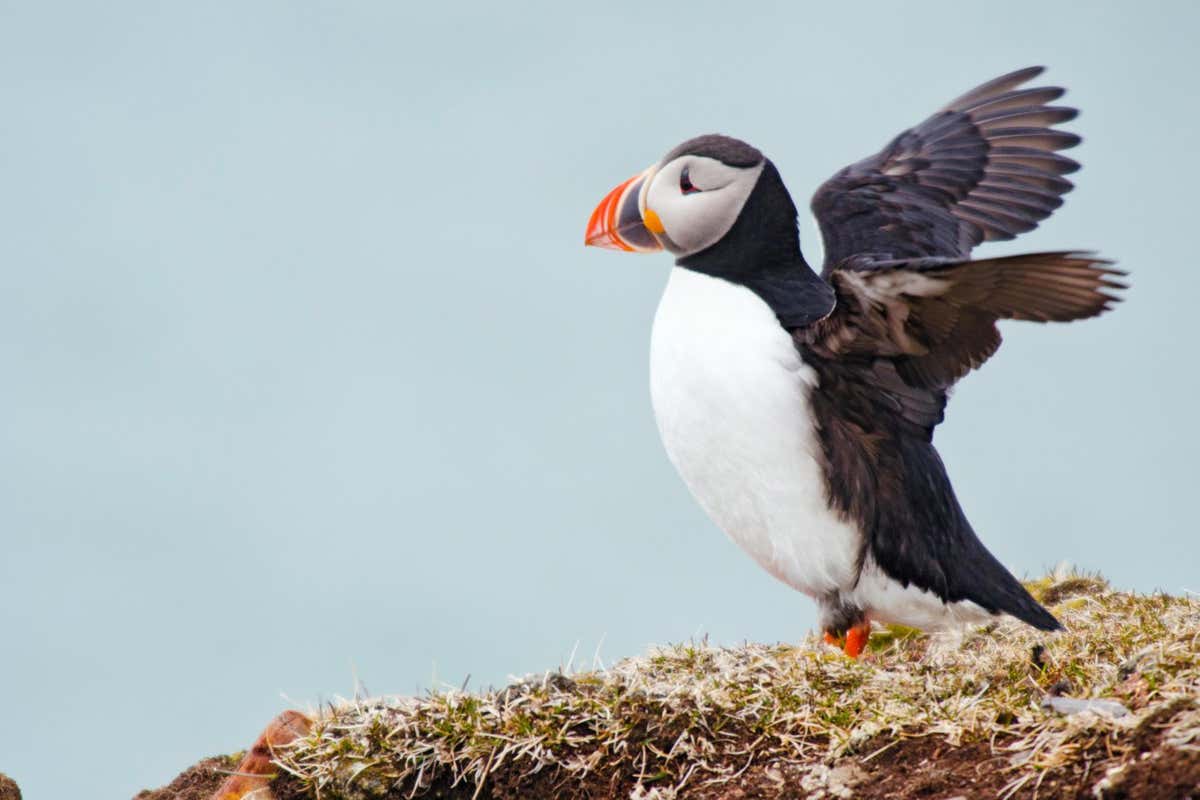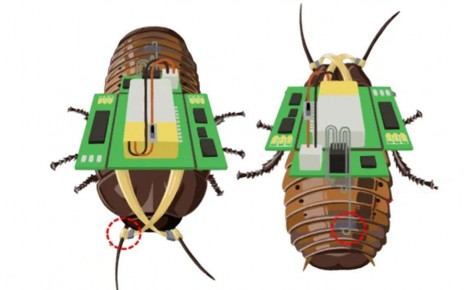[ad_1]

Atlantic puffins in Spitsbergen, Norway, are different from those found further south
Rich Reid/Alamy
Two distinct subspecies of Atlantic puffins are now interbreeding in Norway, possibly as a result of Arctic warming forcing some birds away from their usual habitat.
The island of Spitsbergen in Svalbard, Norway, is inhabited by the largest subspecies of Atlantic puffin, Fratercula arctica naumanni. Puffins on the island of Røst, roughly 1000 kilometres to the south, belong to a smaller subspecies, Fratercula arctica arctica.
In 2021, researchers reported the discovery of hybrid puffins – a mix of these two subspecies – on Bear Island, which is about halfway between Spitsbergen and Røst and is also Norwegian. But it was unknown how recently this hybrid colony appeared.
Oliver Kersten at the University of Oslo in Norway and his colleagues have now analysed genetic samples collected from 22 puffins that lived between 1868 and 1910 on Spitsbergen, Røst and Bear Island. They also analysed the genomes of 18 modern puffins that lived on these islands between 2012 and 2018.
The team’s analysis revealed that all puffins on Bear Island until 1910 belonged to the subspecies F. a. arctica. Based on analysis of the modern genomes, Kersten and his colleagues think the two subspecies began interbreeding shortly after 1910.
“The appearance of this hybrid puffin population coincides precisely with the anthropogenic warming of the Arctic, which quite unexpectedly seems to have caused a southward shift of the naumanni subspecies from the high Arctic,” says Kersten.
“Rising temperatures reduced the food available around Spitsbergen, so that forced the naumanni puffins to search for food elsewhere,” he says.
At present, there is no real downside to this hybridisation, because the distinct naumanni and arctica subspecies still exist on Spitsbergen and Røst, says Kersten. “Having the hybrid puffins actually adds genetic diversity,” he says. “But there may be situations in the future where we lose genetic diversity because entire members of subspecies are forced to interbreed, so you are only left with hybrid individuals.”
Similar hybridisation events haven’t yet been seen among puffins in the UK and North America, but if climate change displaces the birds out of their native habitats, this may occur, says Kersten.
“The southward movement of a typically Arctic subspecies can challenge the general notion that global warming will simply push species towards the poles,” says David Nogués-Bravo at the University of Copenhagen in Denmark. “It also underscores the importance of expecting and planning for varied ecological responses to climatic shifts,” he says. But a causal link between climate change and this hybridisation hasn’t yet been proven, he adds.
Topics:
[ad_2]
Source link




